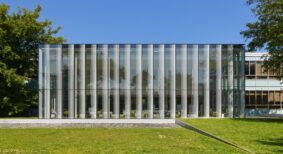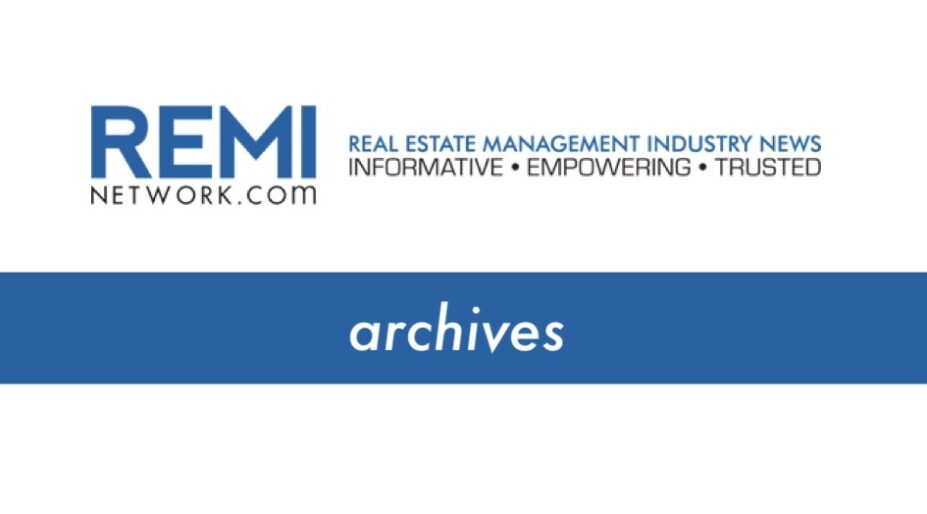As organizations move to more open layouts, employees are communicating in new ways. Private offices are being traded in for more meeting room spaces where teams can meet throughout the day. At the same time, the digital workplace is growing. More portable devices and fast, reliable Internet are enabling employees to work off-site more often.
The modern office has transformed into an environment that is becoming increasingly focused on collaboration, whether through casual collisions or more formal ones. For example, when an employee or consultant who often works offsite comes into the workplace, they’re likely to stack that day with all the internal meetings they require.
It’s important to consider the use of ancillary spaces in the workplace. They play a key part in rounding out a better employee experience for those that struggle with the reduced privacy at workstations in an open layout. Meeting areas, whether more informal or traditionally styled, are becoming an essential component that provides balance in an open office.
Creating a better employee experience in meeting areas involves the spaces themselves, availability of tools, access to power and ease of scheduling.
Efficiency
Making collaboration easier starts with the meeting spaces available to teams and peers. Recently, a survey from facility and property management firm Mitie showed that 60 per cent of employees don’t feel that their workplace layouts enhance their productivity. Meeting spaces must be conducive to engaging collaborative sessions. These are hubs for productivity, and furniture manufacturer Knoll highlights that users will often gravitate to the spaces outfitted with the best technology. This is regardless of whether it’s an appropriate size for their purposes, which can create a log jam for sought-after rooms but also result in an inefficient use of space.
Spaces that offer seamless design and tech-enabled use mean more even usage distribution and less underutilized space. This is crucial since open layouts seek to create real estate savings through space-use efficiencies.
Collaboration tools
Tools that make it easier for employees to collaborate are essential for making the most out of a meeting. Rather than have employees huddle around a laptop or miss out on information, organizations typically make TV screens standard for most meeting rooms. Still, connecting to these screens can be an issue, especially for external meetings where a client may have non-standardized equipment and require a different adaptor. While making a plethora of adaptors available is one solution, easy-to-use and universal plugins and software can often be more effective. Newer laptops should be able to connect directly to Smart TVs, and Google’s Chromecast is useful to share screens from the Chrome browser.
The right power access
With increasingly frequent meetings, power is always a concern. Couple this with the fact that Steelcase research shows employees now carry up to three portable devices with them at a time and it’s clear that power access is a concern.
Power access for devices such as smartphones presents issues similar to screen connections in that it’s another cord to carry from meeting to meeting. Intuitive charging affords employees power access in meeting rooms without cords and means that they can stay productive despite increased time spent in meetings. For example, the Quebec law firm Lavery uses this technology to ensure that their attorneys can always be powered up.
Management
Finally, with more meetings being booked, avoiding scheduling conflicts is an area where there’s a lot of room for improvement, suggests Steelcase research. Employees want to find a space in the fastest way possible and a number of apps are coming out to address the problem. The benefit of these types of software/hardware components is that they are extremely user friendly and provide staff members that are looking to book a space with visibility across an office. This makes it easy to find a room for an impromptu meeting, keeping the associated noise away from desks or hallways.
Leveraging these types of technologies provides facility managers with a strategic tool, not only to better manage their spaces, but also to keep employees happy in increasingly prevalent open office layouts. It definitely demands more time and resources to enhance collaborative areas in the short run, but it also cuts down on the time and resources required to respond to requests and complaints in the long run.
Kyle is the head of community at ChargeSpot and Workscape. He collaborates with industry leaders to share the latest on workplace design. ChargeSpot works with companies like Google, Lavery and TD to improve employee productivity and create a better workplace experience.







